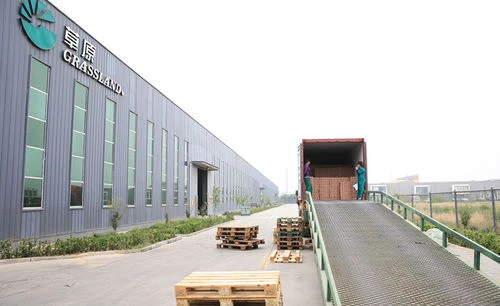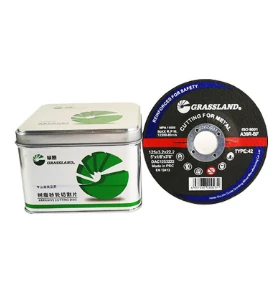

Lastly, bond type is the material that holds the abrasive particles together. Vitrified bonds, known for their strength and rigidity, are common in materials like aluminum oxide and silicon carbide wheels. Conversely, resin bonds offer greater flexibility, essential for achieving high-precision finishes. Respected industry figures advocate for selecting bond types based on wheel speed, surface precision needs, and cooling capacity. Authoritative sources often emphasize the importance of verifying these specification parameters against international standards like the American National Standards Institute (ANSI) or the International Organization for Standardization (ISO) to ensure quality and safety compliance. To tap into the full potential of grinding technology, decision-makers should leverage data-driven evaluation tools. Insightful software tools offer dynamic analysis that simulates grinding operations for different wheel specifications, making real-time adjustments feasible for improving product quality. Trustworthy manufacturers like Norton Abrasives or 3M provide detailed guides and expert consultations tailored to specific industrial needs, facilitating data-backed decision-making. Their expert knowledge, gleaned from years of field experience, provides the reassurance of employing tried and tested solutions. The culmination of experience, expertise, authoritativeness, and trustworthiness in grinding wheel specifications provides manufacturers with a comprehensive toolkit. Mastering this domain spells the difference between merely adequate performance and achieving excellence in manufacturing processes involving grinding wheels.
Post time:Jan - 13 - 2025

















